Wildlife cloning has emerged as a vital tool in efforts to conserve biodiversity and ensure the survival of endangered species. By replicating the genetic makeup of animals, scientists hope to bolster dwindling populations and potentially revive extinct species. This article explores eight groundbreaking wildlife cloning projects that have paved the way for future innovations in animal conservation. Additionally, as readers, we should pose the question to ourselves whether that which has become extinct should again be brought back to life.
The Birth of Dolly
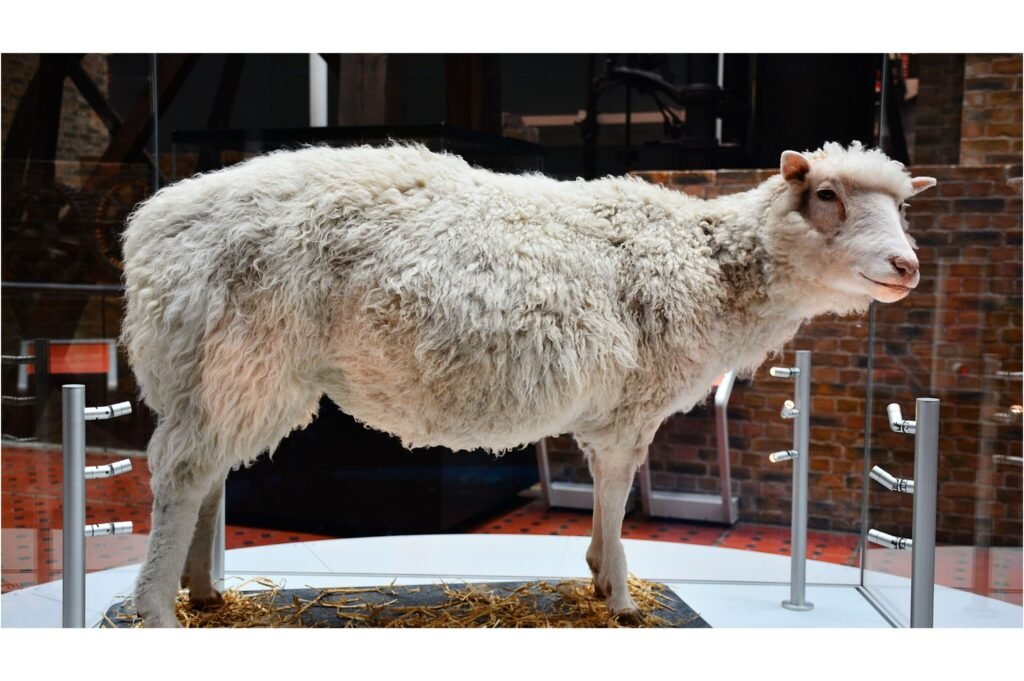
The history of wildlife cloning is rooted in the successful cloning of Dolly the sheep in 1996. This landmark achievement utilized somatic cell nuclear transfer (SCNT), a technique that has since become foundational in cloning efforts. Dolly’s success opened the door to the possibility of applying similar techniques to conservation, sparking interest in cloning wildlife and endangered species.
Noah the Gaur
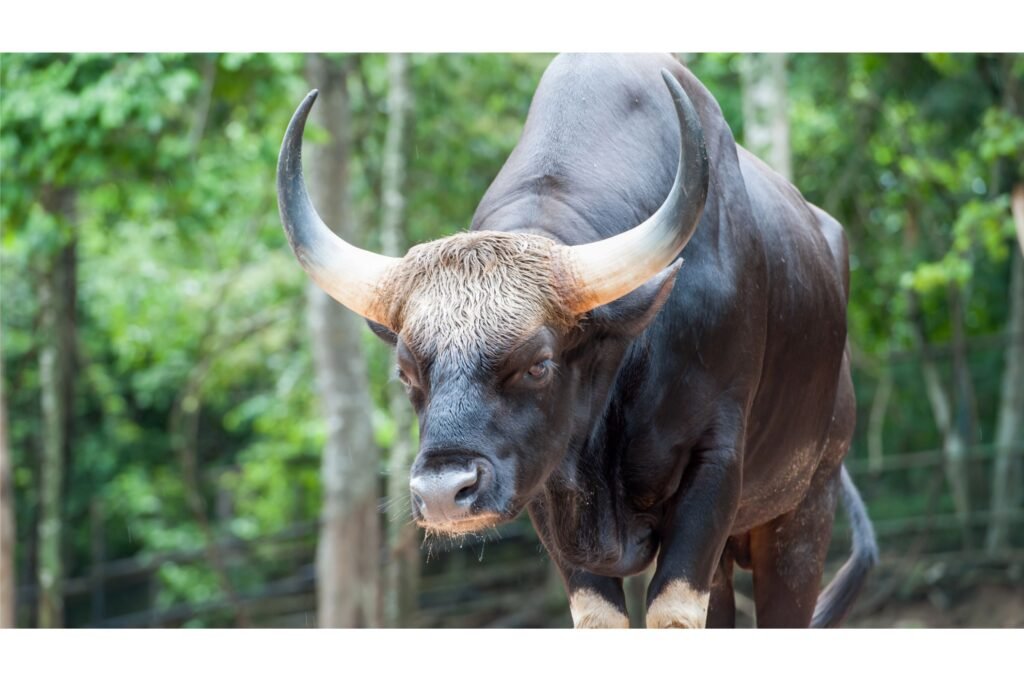
The first attempt at cloning an endangered species occurred in 2001 with a birth named Noah the Gaur, an endangered wild ox native to South and Southeast Asia. Using SCNT technology, scientists were able to create an embryo by inserting gaur DNA into a domestic cow’s egg. Although Noah survived only two days, this pioneering effort demonstrated the potential of cloning for endangered species conservation.
Prometea the Horse

Prometa, born in 2003, was the world’s first successfully cloned horse, expanding the scope of cloning technology beyond the laboratory into practical applications for preserving genetic traits. Horses, often prized for their elite genetics, offered a different perspective on the utility of cloning in both wildlife and agricultural contexts.
A Brief Revival of Extinction
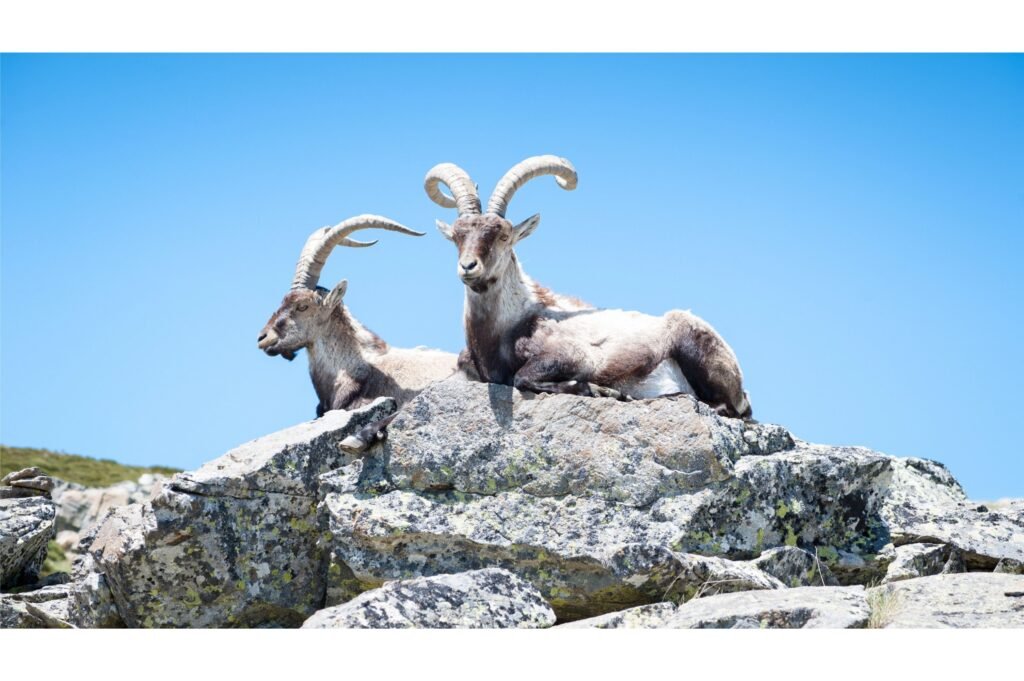
In 2009, scientists achieved a spectacular feat by briefly reviving the Pyrenean ibex, a wild goat that went extinct in 2000. The project involved cloning cells from the last surviving ibex, but the newborn died shortly after birth due to lung defects. Despite the setback, this attempt marked the first de-extinction endeavor and highlighted cloning’s potential to reverse extinction.
The Northern White Rhino
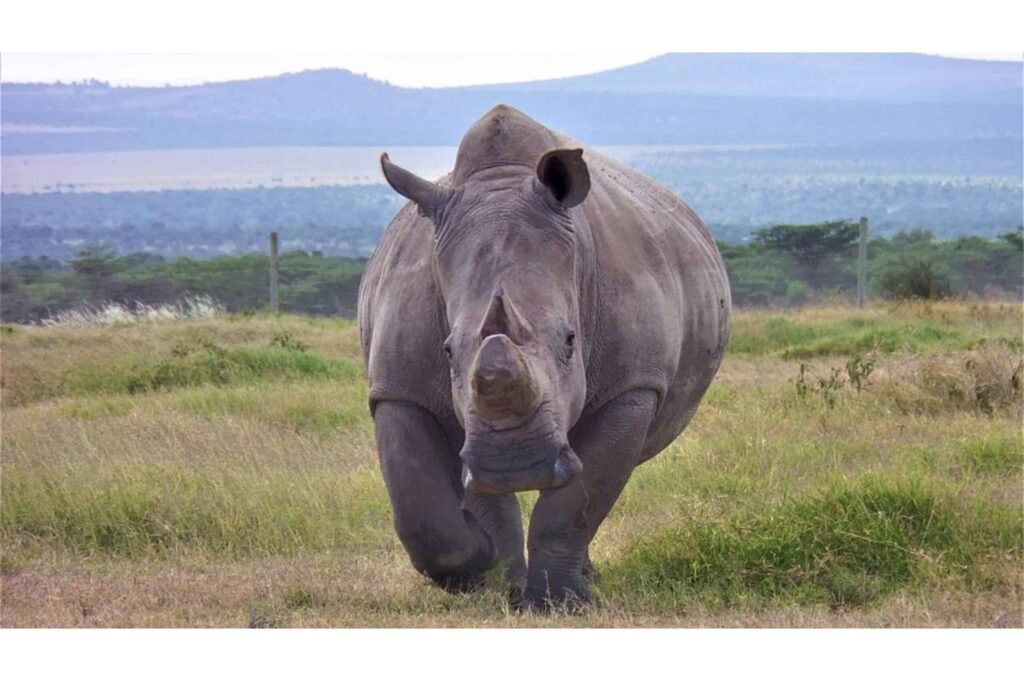
Cloning efforts gained significant urgency in the case of the Northern white rhino, with only two females remaining in captivity as of 2023. Scientists have created embryos using genetic material from deceased males, aiming to implant these embryos into a surrogate mother. This ambitious project represents a critical step towards saving a species on the brink of extinction.
The Black-footed Ferret Journey

In 2020, Elizabeth Ann became the first cloned black-footed ferret, a North American endangered species. Cloned using genetic material from a ferret that lived more than 30 years ago, her birth promised genetic diversity necessary for long-term species survival. Elizabeth Ann’s successful birth reignited hope for using cloning to protect other endangered species.
Diego the Przewalski’s Horse

Diego, born in 2020, is a Przewalski’s horse cloned from tissue samples frozen over 40 years ago. Przewalski’s horses are critically endangered and play a crucial role in maintaining genetic diversity within their population. By successfully cloning Diego, scientists have taken a vital step in preserving ancient genetic lines of this near-extinct horse species.
Japanese Laboratory’s Woolly Mammoth Project
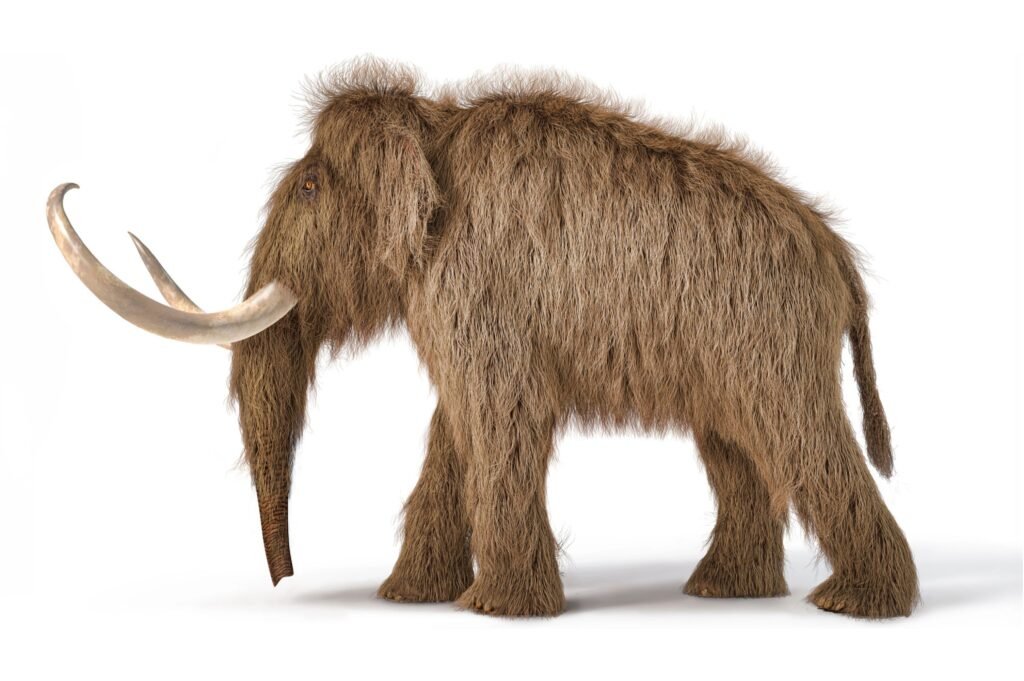
In a bold venture aimed at de-extinction, a Japanese laboratory has been working on cloning the woolly mammoth. Using well-preserved DNA samples from frozen mammoth remains, researchers hope to eventually birth a living mammoth. While still in its early stages, this project explores what may be possible in reviving species that have long disappeared from the earth.
Ethical Considerations and Future Prospects
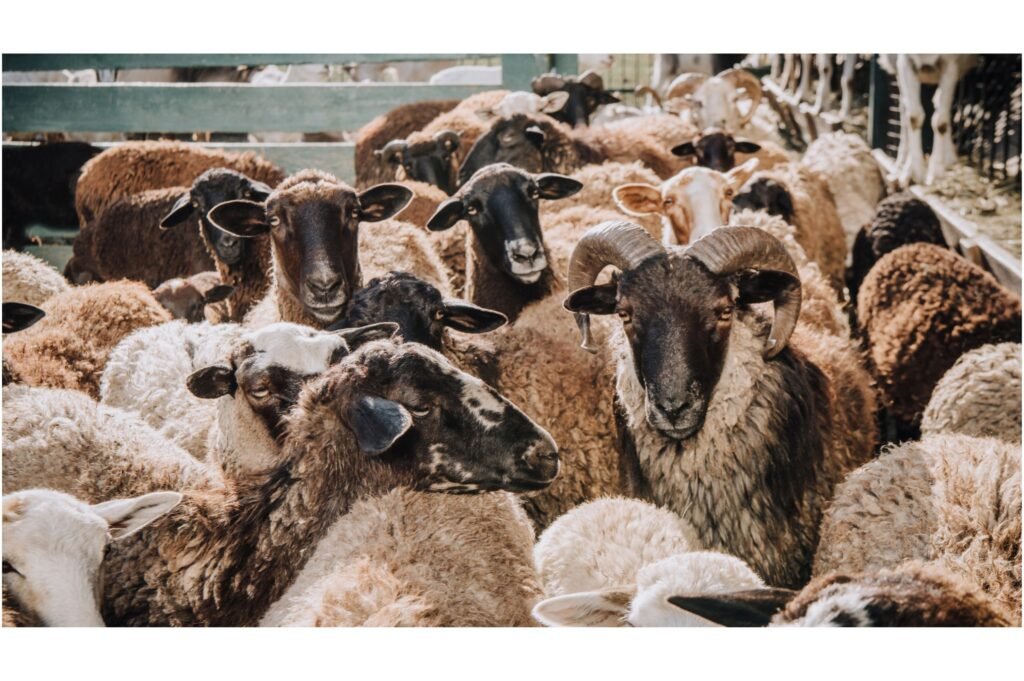
The discussion around wildlife cloning isn’t solely scientific; it is also deeply ethical. Concerns include the welfare of cloned animals, potential ecological impacts, and the prioritization of resources. However, as technology advances, cloning might hold the key to not only saving endangered species but potentially reviving extinct ones. These groundbreaking projects offer a glimpse into a future where cloning could play a supportive role in conservation efforts.
Transforming Conservation with Cloning

As we’ve explored these eight groundbreaking projects, it’s evident that cloning holds both promise and challenge in the realm of wildlife conservation. By amalgamating advanced technology with ecological preservation, scientists are opening new frontiers in combating species extinction. While obstacles remain, ongoing research and development in cloning could have transformative effects on preserving the planet’s precious biodiversity.

Jan loves Wildlife and Animals and is one of the founders of Animals Around The Globe. He holds an MSc in Finance & Economics and is a passionate PADI Open Water Diver. His favorite animals are Mountain Gorillas, Tigers, and Great White Sharks. He lived in South Africa, Germany, the USA, Ireland, Italy, China, and Australia. Before AATG, Jan worked for Google, Axel Springer, BMW and others.


